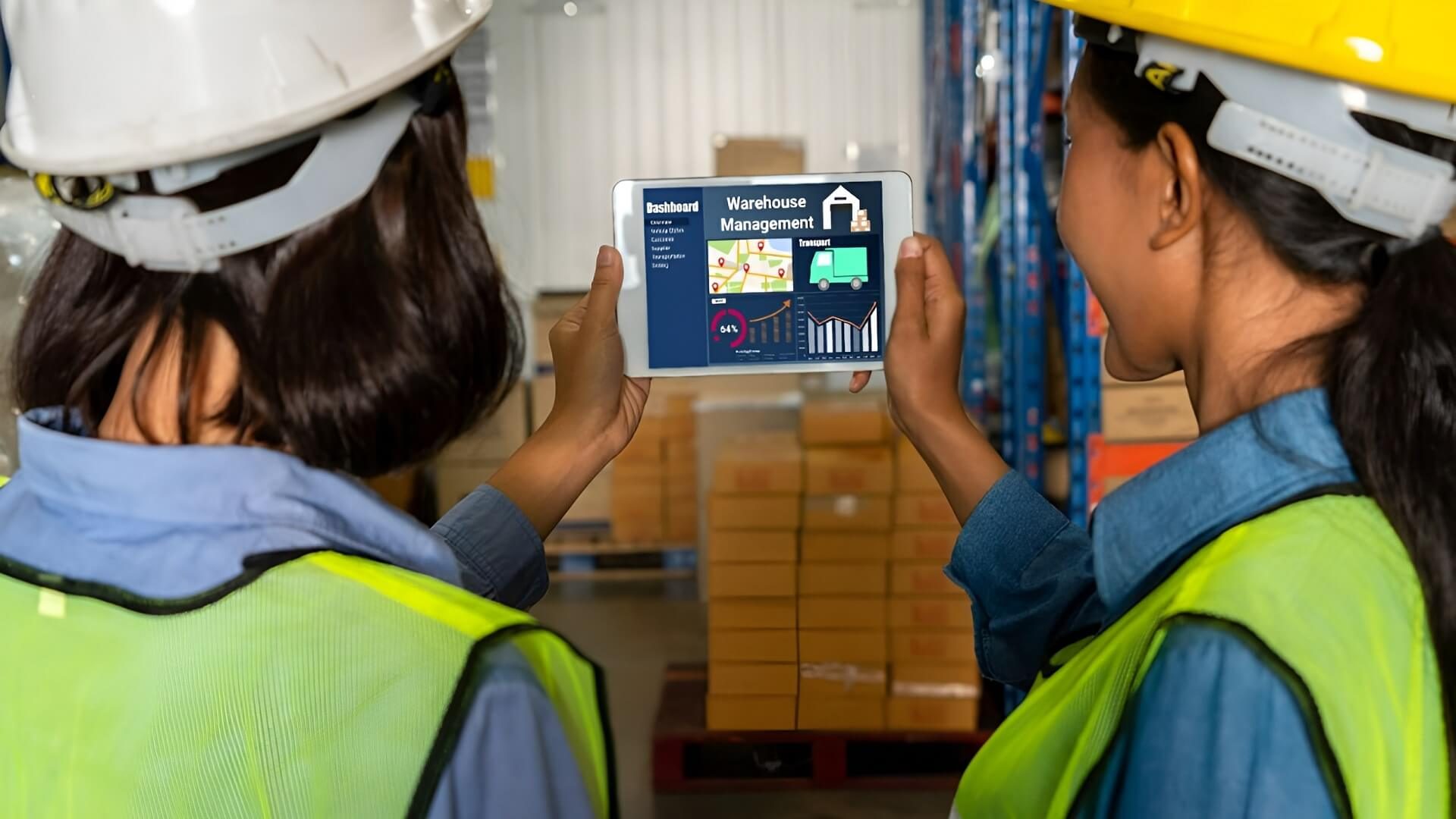How to Optimize CPG Manufacturing Growth in 2023


If leaders in the Consumer Packaged Goods Industry learned anything through the Covid-19 pandemic, it’s that supply chain resilience and responsiveness are necessary for successful operations.
CPG manufacturers must adopt effective strategies to make the most out of trends and opportunities that lie ahead. But they must also prepare to navigate a vulnerable supply chain. In this article, we’ll discuss a few ways you can future-proof your MRO strategy to boost your supply chain efficiency.
Creating a foundation for success
Harmonized data collection
A primary challenge for CPG businesses is keeping up with changes occurring throughout the supply chain. Relying on traditional systems that have become siloed over time impedes attempts at progress and amplifies resistance when it comes to meeting customer needs at various touchpoints.
Enterprise-wide visibility in your supply network gives both operation managers and procurement directors real-time information at their fingertips anywhere, any time. This 360-degree view of behind-the-scenes processes can help you adapt to challenges or opportunities as they arise.
For instance, improved visibility increases the accuracy of cycle time predictions for inventory and indirect materials planning. Previous occurrences of downtime are used to determine the appropriate times for scheduled maintenance.
This information can be used to order replacement parts in the right amounts well ahead of time before a disruption occurs. Not only does this minimize any delays and potential bottlenecks during a downtime event, but it also increases the lifespan of assets. Having visibility into existing MRO inventory levels ensures you don’t order unneeded parts that result in wasted working capital down the line.
Nailing the basics
CPG organizations often struggle to determine where risks exist. Outdated systems have made it difficult to determine outcomes and contributing factors, but new tools can identify them with ease.
For instance, unplanned production downtime is not only one of the biggest disruptors of manufacturing operations, but it’s also one that can hit you when you least expect it. Leaders can avoid these problems with a working maintenance schedule that is both systematic and executed routinely.
Poor inventory management is another potential vulnerability. If air-tight procurement procedures and smart spending protocols aren’t put in place, operations may see losses in capital due to malpractice, such as rogue spending.
Embracing a digital transformation
Leveraging the right tools for increased optimization
Many CPG executives still use manual systems like excel to manage their procurement processes. However, these traditional, legacy processes are not cut out to be flexible enough to adapt to a dynamic market. By the time you sift through various rows and columns to collect data, you would’ve missed out on an opportunity for calculated improvement. And you may have realized that it’s nearly impossible to make sense of it all with the limited resources you have.
What’s more, these strategies are prone to human error and can result in costly mistakes. According to research, collecting data manually can be 15 to 40 percent less accurate than when collected digitally.
Digitization of MRO procurement carries a host of benefits that can help businesses increase visibility, promote collaboration with key stakeholders, and meet consumer demand all the while minimizing costs and maximizing profitability.
Putting procurement first
Suppliers play a key role in the success of CPG businesses. This makes it vital to foster a healthy relationship with them since it can manifest itself in the form of higher quality products, improved shipping times, and discounts.
Good material management software makes it easy to evaluate vendor performance so that operations can lean on only their most trustworthy suppliers.
Integrating Key Performance Indicators (KPIs) in tracking systems makes it easy to assess important metrics such as on-time delivery, defect rate, and lead time. It should be simple to communicate these metrics with suppliers to keep them accountable to their contracts.
Furthermore, centralized platforms make it easier to manage procurement spending within operations. With a digital record of all spending on a micro and macro level, it’s easy to perform a comprehensive spending analysis and audit.
Establishing proper procurement protocols makes it easy to ensure that operations are using the most advantageous procurement strategy. It eliminates rogue spending, and duplicate purchases and makes stocking inventory an informed process based on needs rather than assumptions or reactions.
Optimize on top of what exists
CPG operations need to invest in technology that equips their procurement processes with the necessary tools to keep up with an evolving supply chain landscape. Artificial intelligence (AI) and machine learning (ML) unlock value in the form of higher productivity, rapid insights, and better decision-making.
An AI-based solution has the power to process years of historical data that may have otherwise required resource-heavy manual processes. These solutions can also deliver predictions and models that evolve with time, so you can generate accurate and current data about asset health, inventory improvement, and demand forecasts. These tools pave the way to continuous optimization that builds on itself.
This is far more efficient than stage-based consultancies that can’t synchronize approaches across entire organizations. These processes require months of implementation and have the potential to create new vulnerabilities and inefficiencies. Smart systems are dynamic and work with your current infrastructure so that new systems work together rather than against each other.
Optimize your operation with an intelligent materials management solution
The supply chain ecosystem that you once knew no longer exists. CGP operations must adapt to disruptive trends while replacing old strategies with modern approaches to face today’s fiercely competitive market. At the crux of this transition is digital transformation.
An intelligent system that’s backed with AI can make it easier to manage all aspects of procurement and remove workflow roadblocks, redundancies, and errors. With tools that are backed by cutting edge technology, leaders can make better, faster, and smarter decisions to build a resilient and responsive MRO strategy.
Embrace digital transformation today and build a resilient and proactive procurement strategy for your indirect materials this coming year.
